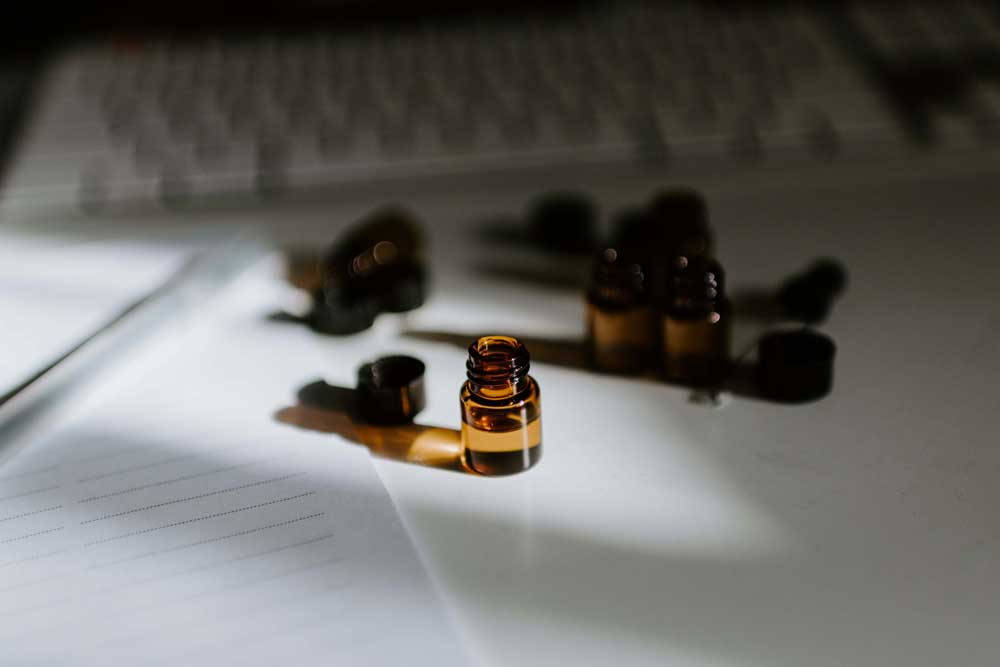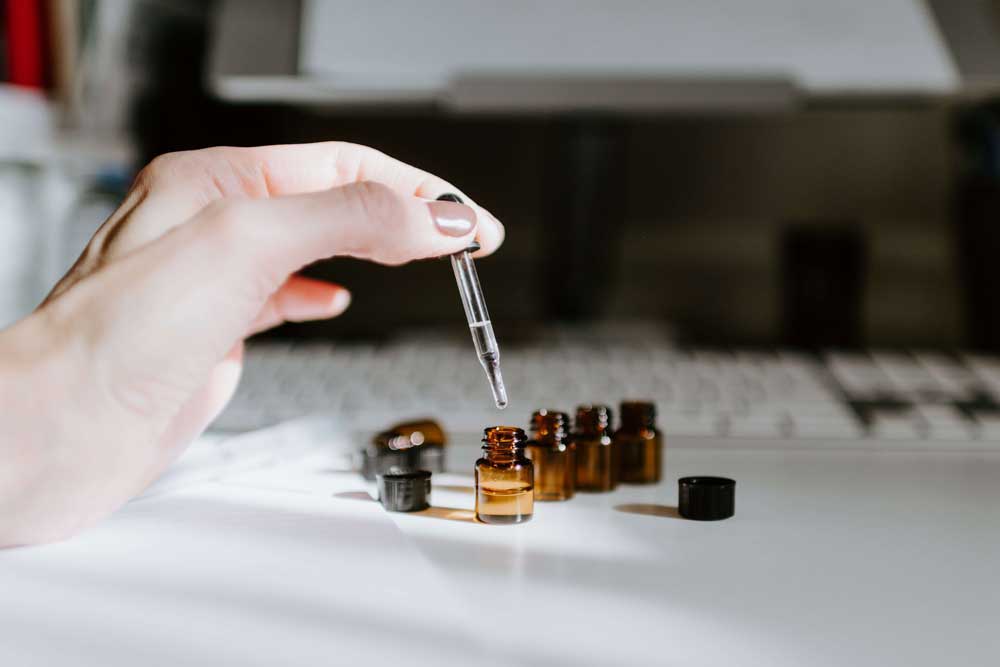
What is CBG? Understanding Cannabigerol
What is cannabigerol? A non-psychoactive cannabis plant compound, cannabigerol (CBG) is a highly potent cannabinoid.
Early studies show CBG can decrease inflammation, slow tumor growth, kill drug-resistant bacteria and offer neuroprotective effects for conditions like glaucoma + Huntington's disease.
Due to its high cost and very specific conditions for cultivation, CBG has been dubbed “the Rolls-Royce of cannabinoids.” The therapeutic effects of CBG are powerful, and despite the difficulties, products made with CBG as the star cannabinoid are on the rise.
shop our favorite CBG offering
CBG HAIR POTION
How CBG Works

Cannabis plants produce cannabigerolic acid, also called CBGA. Known as a minor constituent, cannabigerol is a parent molecule of other cannabinoids.
It’s a precursor to the major constituents, a.k.a. the other more commonly recognized cannabinoids. CBGA, the acidic form of CBG, is converted into other cannabinoids as the plant matures.
Plant enzymes in the breakdown CBGA and direct it to through three primary cannabinoid lines — tetrahydrocannabinolic acid (THCA), cannabidiolic acid (CBDA), and cannabichromenic acid (CBCA).
It most commonly results in tetrahydrocannabinol (THC) or cannabidiol (CBD). Generally, there is less than 1% CBG in most strains.
CBG is more potent in its ability to act directly on the brain’s CB1 and possibly CB2 receptors, though it appears to be very therapeutic.
Studies have shown that CBG and THC can work favorably together, as CBG is believed to balance the psychoactivity of high THC levels.
CBG requires careful cultivation with extraction times at specific points in the flowering cycle. The therapeutic benefits, pharmacological properties and impact on diseases are still being researched.
Bonus: Thank You Plant Medicine
Benefits of CBG
Compared with THC and CBD, very little is known about how far CBG can go. Studies have shown CBG can have a beneficial impact on inflammation, bacteria, glaucoma, bladder issues, Huntington’s disease, cancer, tumor growth and more.
Inflammation
CBG was found to be effective in decreasing inflammation causing inflammatory bowel disease in mice, according to a 2013 study.
Antibacterial
CBG is effective against resistant strains of bacteria, most notably staph infections methicillin-resistant Staphylococcus aureus (MRSA). A 2008 study from Europe discovered the evidence against hard to treat infections.
Glaucoma
CBG is thought to be particularly effective in treating glaucoma because it reduces intraocular pressure, according to the study published in 2008. It acts on the endocannabinoid receptors that are prevalent in eye structures, as a powerful vasodilator. It also has neuroprotective effects.
Bladder Issues
CBG may be helpful in managing bladder dysfunctions. A 2015 study found CBG is the most effective of five cannabinoids by inhibiting muscle contractions in the bladder.
Huntington’s Disease
CBG was shown to protect neurons in a 2015 study examining the neurodegeneration in mice with Huntington’s disease. CBG may be effective for other neurodegenerative conditions, too.
Cancer
A 2014 study found CBG may reduce cancer cell growth in rats with colon cancer. It may also block receptors that cause the growth of cancer.
Appetite
A 2016 study found CBG stimulated appetite in rats, which may be able to help those suffering from cachexia muscle wasting and weight loss caused by late-stage cancer.
Cost of CBG

CBG has displayed an array of potential applications, and it likely offers additional possibilities in combination with CBD and THC. Medical uses for CBG are promising, and researchers are looking forward to further investigating its therapeutic benefits.
However, it's costly and difficult to cultivate. A Forbes article quoting James Rowland, CEO of the Colorado CBG brand Steve’s Goods, indicated that even small amounts of isolated CBG would require thousands of pounds of biomaterial.
“That’s because most hemp only contains minute percentages of CBG, whereas there are now hemp strains that contain 20 percent CBD in the crop,” Rowland told Forbes. “If the CBG content of the same crop is only 1 percent, that means you need to extract 20 times the amount of biomass to get the same amount of CBG out.”
CBG may become a treatment for many conditions, in addition to a potential solution for pain relief, depression and even psoriasis. As a non-psychotropic compound, it doesn't seem to be on the radar of the U.S. government’s regulatory fist.
Remember, there are more than 120 cannabinoids in the cannabis plant. Researchers are only beginning to scratch the surface of her therapeutic constituents. Get ready for CBG.
Have you ever heard of CBG's sister CBN? Check check it out.
–
At The Flower Pot®, our mission is to create a safe and reliable space for you to explore + experiment with the benefits of botanical medicine. Follow us on Facebook, Twitter, Instagram, Pinterest, Youtube and LinkedIn.


